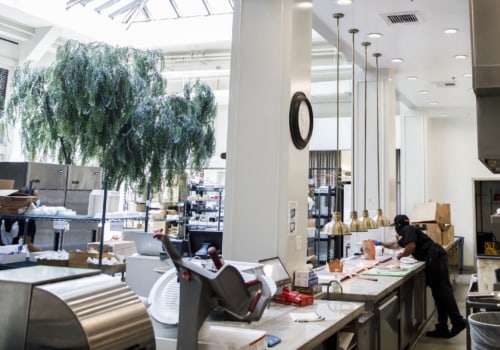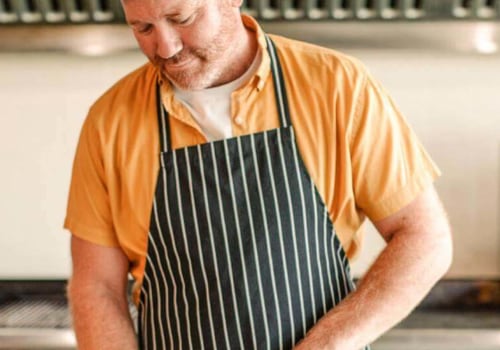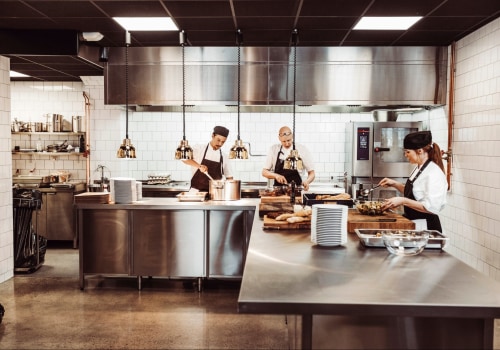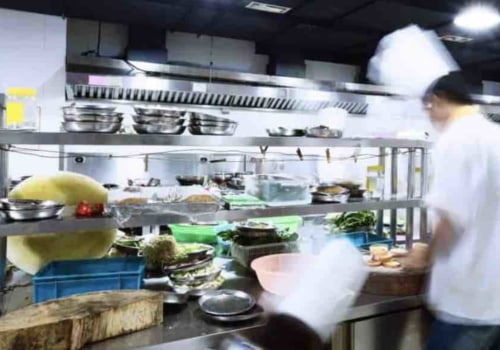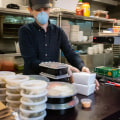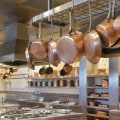Ghost kitchens allow restaurants to expand their online ordering business by increasing their exposure to third-party applications. For example, a Mexican restaurant can use a ghost kitchen to launch an independent Tex-Mex brand, giving the restaurant a way to reach more customers without opening an entirely new location. The kitchen operator rents a small space in a larger shared kitchen area. Think of it as a bunch of mini-kitchens inside a much larger one.
There can be between 5 and 20 different restaurants in the same space that prepare dishes every day to represent your virtual food brand. It's much cheaper to pay rent for a small kitchen than to spend a lot of money for all the space. Even before COVID-19, restaurant foot traffic in some areas had declined thanks to the convenience of food delivery apps. But now, receiving food from your favorite restaurants has become a daily necessity.
Virtual kitchens save a lot of start-up costs, but the concept also eliminates many of the ongoing daily costs of running a restaurant. Labor costs can account for 20 to 30% of gross income. As in any endeavor, you have those who succeed and those who fail. But the ghost kitchen phase has just begun.
There have already been incredible success stories of restaurants that lost 50% of their revenue, but then added several lines of ghost kitchens and recovered all the lost profits and more. In short, ghost kitchens are physical spaces for operators to create food for consumption outside the facility. And in apps like Grubhub and DoorDash, listings of restaurants that operate with ghost kitchens don't usually look different from physical establishments. For example, where I live in Northern Colorado, there's a restaurant called Rocco's Ravioli that appears on apps.
But Rocco's has no shop window. It's a food delivery service that makes food in a ghost kitchen. Krispy Rice offers delivery services from its ghost kitchens and will also start offering its food at PF Changs, TGI Fridays and Hooters. Physical stores can also use apps, but ghost kitchens don't rely on foot traffic to sell.
Ghost Kitchens can offer a variety of food, from celebrity chefs to tasty snacks in food trucks, all in a shared space. Since you don't have to worry about established schedules when renting a banquet or banquet hall, ghost kitchens can be better adapted to when and where you want to hold your event. Food costs represent another part of your income, but ghost kitchens tend to focus on a niche or a limited menu. One trend that I am seeing is the formation of central ghost kitchens, type of economato, with several restaurants or brands that work in the same physical space.
So, if a national restaurant chain doesn't want to enter the ghost kitchen market, there's no reason why it can't rent its space to another chef who does. While ghost kitchens have a wide range of benefits, restaurant owners in this area may experience some drawbacks. But what are ghost kitchens? For you, as a person who wants to organize an event with a catering service, what can they offer you? Let's take a closer look. Existing dining restaurants, such as fine-dining establishments, tend to explore ghost cooking opportunities when they want to try new concepts.
Ghost kitchens grew in popularity after the COVID-19 pandemic due to increased demand for food delivery services. The simplest of all ghost kitchen models is where you would buy your product at a retailer, repackage it for your brand and deliver it. A ghost kitchen is where virtual restaurants produce food without a physical store to call home. However, ghost kitchens may not prepare the culinary delights of a virtual restaurant brand, but rather support several restaurant operations under one roof.
Ghost kitchens are food preparation operations without waiters, dining room or parking; in reality, without any public presence. Since customers adapt to the trend quickly and easily, ghost kitchens are likely here to stay. . .
